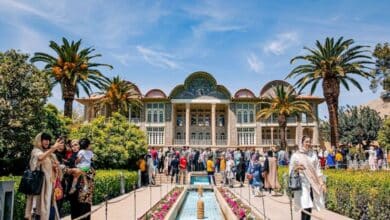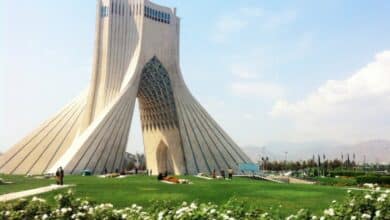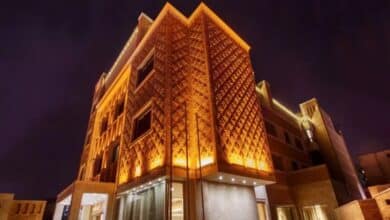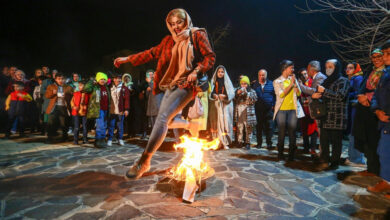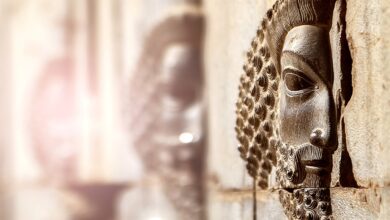Tomb of Saadi: Honoring the Poet of Shiraz
The Captivating Blend of History and Artistry
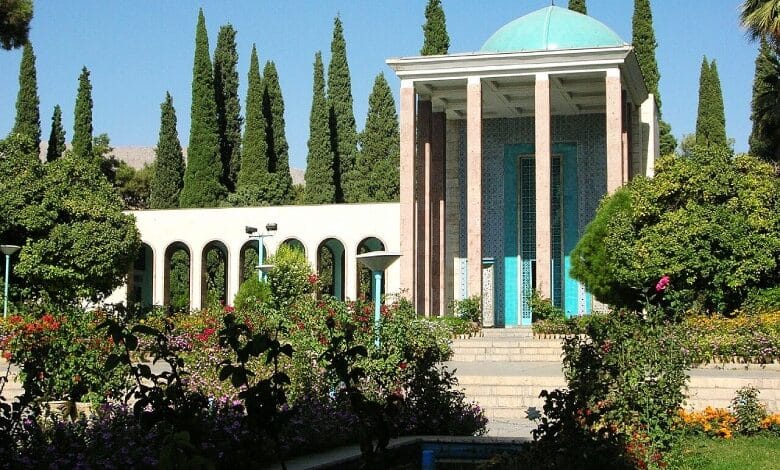
The Tomb of Saadi, known as the Saadiyeh, is one of the most important tourist attractions in the Fars province. It is the burial place of the beloved and famous Persian poet, Saadi Shirazi. This beautiful mausoleum with its unique architecture is highly attractive to both domestic and foreign tourists, and it receives a large number of visitors every year. This structure was registered as a national monument in 1974.
Let’s continue with a more detailed introduction to this historical site.
Contents
Introduction to Saadi Shirazi
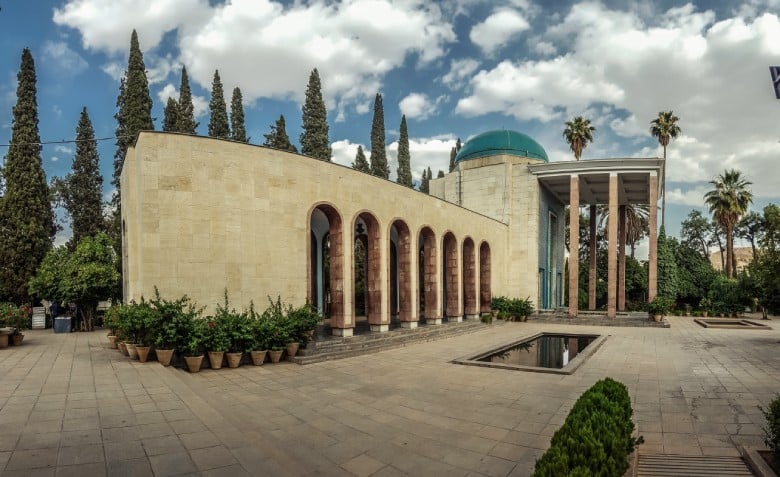
Saadi Shirazi, the Iranian poet and writer of the 7th century, had a keen interest in research and gaining knowledge from a young age. In his youth, he decided to travel the world and spent thirty years visiting regions such as the Near East, the Middle East, India, Egypt, and North Africa. He expressed his experiences in the form of stories and poems in his two books, the Bustan and the Gulistan.
The History of the Tomb of Saadi
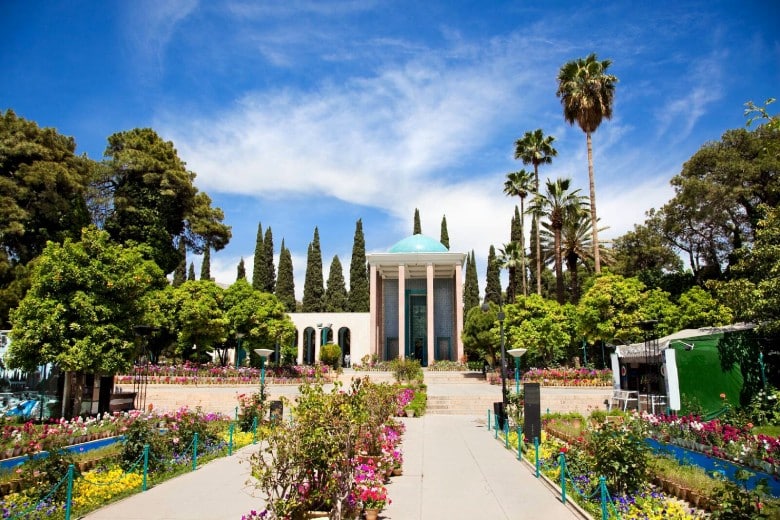
Saadi Shirazi spent the latter part of his life in a khanqah (Sufi lodge), which eventually became his mausoleum. During the Ilkhanate period, the first mausoleum and tomb of Saadi were built by Shams al-Din Muhammad. After some time, it was destroyed by one of the rulers, and during the Zand dynasty, this mausoleum was rebuilt on the orders of Karim Khan. The mausoleum was renovated and repaired during the Qajar era.
The Architecture of the Tomb of Saadi
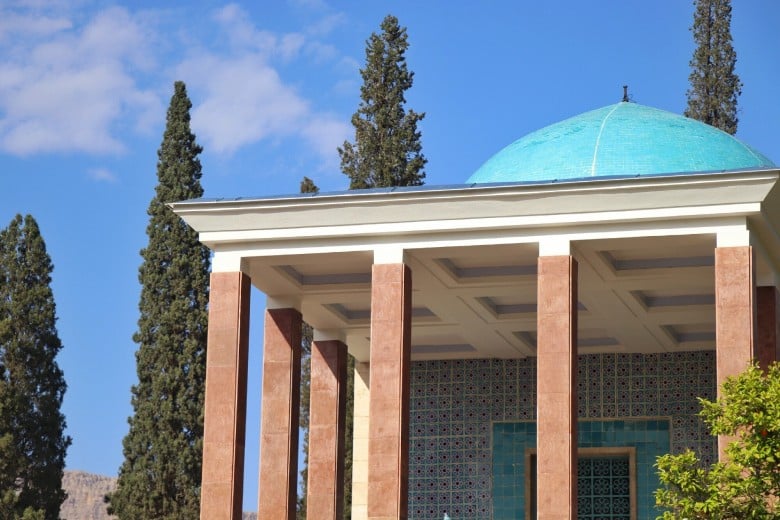
The Saadi Mausoleum consists of various sections, including the surrounding courtyard, the building of tomb, a fish pond or coin pool, and the mausoleum of Shourideh Shirazi. Let’s briefly explain each of these parts.
Entrance and Outer Courtyard of the Tomb of Saadi
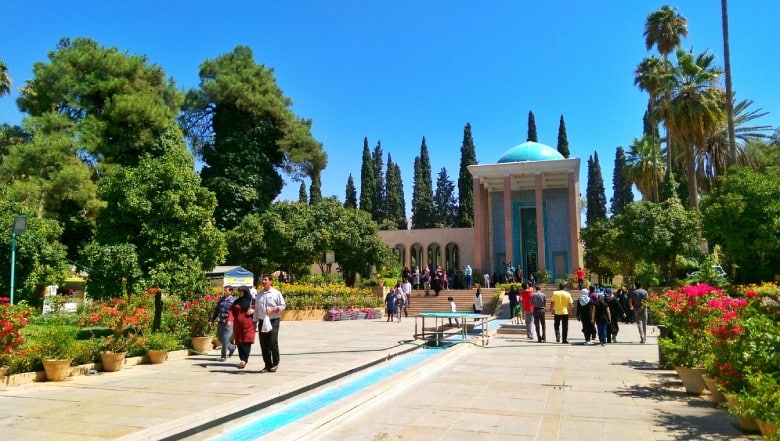
The entrance to the mausoleum was designed by the French architect André Godard. In the courtyard surrounding the mausoleum, you can see beautiful trees and a garden that have been landscaped in a completely Iranian style. The total area of the courtyard is around 103,000 square meters. In the middle of the courtyard, there are two rectangular pools, one oriented north-south and the other east-west. Beyond the pools, there is a staircase leading up to the Saadi Mausoleum.
The Building of Saadi’s tomb
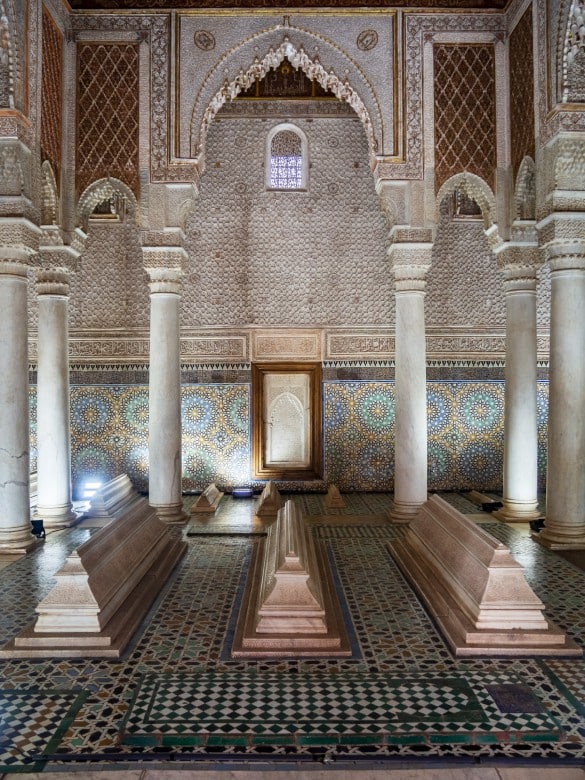
The Saadi Mausoleum was initially constructed during the Zand dynasty era using plaster and bricks, and it had two floors. Access to the second floor and its staircase was possible from the lower level. Over the years, this mausoleum has undergone various phases of destruction and restoration, and the current architectural design is a combination of traditional and modern elements, inspired by the Palace of Forty Columns (Chehel sotoun).
The current building was designed by architect Mohsen Foroughi. The mausoleum has an area of 257 square meters and features an Iwan with eight columns and a main hall, at the end of which Saadi’s tomb is located. The geometric shape of the mausoleum’s exterior is a cube, while the interior is octagonal.
BOOK ONLINE
Shiraz Hotels
The exterior of the mausoleum is constructed with travertine stone, while the interior features marble. The columns are adorned with brown stones, and the main structure is built using white stones, marble, and decorative tiles. The mausoleum’s dome has an azure color and is decorated with turquoise tiles on the inside.
It is worth noting that during the eras of Qavam al-Mulk Shirazi and Karim Khan Zand, the foundation stone of the mausoleum was laid, with a portion of Saadi’s poems from the Bustan inscribed on it. Currently, after restoration and renovation, there are calligraphic tile inscriptions on seven sides of the building, featuring selected verses from Saadi’s works, such as the Bustan and the Gulistan. Saadi’s tomb is located at the center of this octagonal structure. To the left of the mausoleum, there is a seven-arched portico that leads to the tomb of Shourideh Shirazi, another renowned Persian poet.
The Coin Pond (The Fish Pond)

At the left side of the mausoleum, there is an underground structure with 28 steps that leads to an octagonal building. Inside this structure, there is a pond known as the “coin pond” or “fish pond“.
The naming of this pond as the “coin pond” originates from the old belief of the people of Shiraz that throwing coins into the pond would fulfill their wishes. Another belief was that bathing in this pond would also help fulfill their desires.
The structure has two square skylights on the sides, and the pond itself is covered by an octagonal skylight. There is also a traditional teahouse located in this space.
The pond is also referred to as the “fish pond” because it is said to contain a red fish with a golden ring and catching it is a bad omen.
Saadiyeh Qanat (Aqueduct)
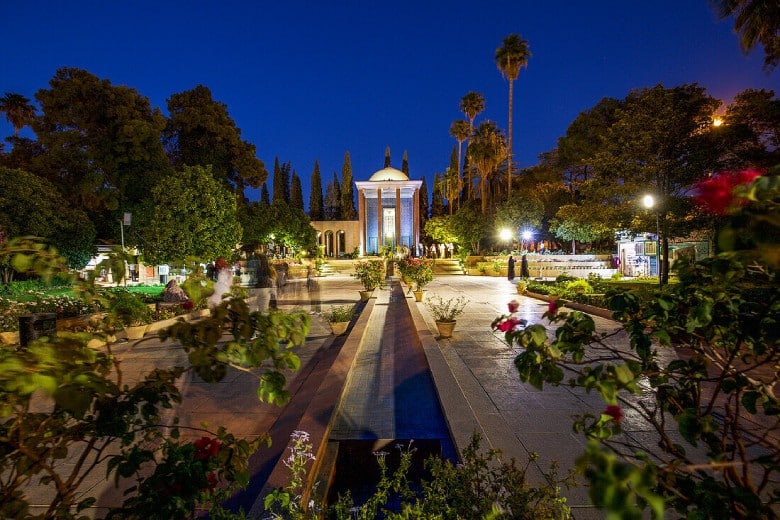
At a depth of 10 meters within the courtyard of the mausoleum, there is a famous qanat (underground aqueduct) known as the Saadieh Qanat, whose water flows into the fish/coin pool. This qanat contains sulfurous and mercurial substances.
Other parts of this complex include the office of the complex and a public library, which are located adjacent to the underground area leading to the fish/coin pool, on the western side of the mausoleum. There are also shops selling handicrafts and souvenirs on the left side of the mausoleum.
Visit hours for the tomb of Saadi
You can visit this historical complex every day from 8 AM to 9 PM.
Access Routes to Saadi Mausoleum
After entering the city of Shiraz, you can visit this site using a personal vehicle or public transportation such as bus and metro. The nearest bus stop to this Mausoleum is “Saadiyeh” and the nearest metro station is called “Valiasr” Station.
FAQs
When was the tomb of Saadi built?
During the Ilkhanate period, the first Saadi Mausoleum and his tomb were formed by Shams al-Din Muhammad. This mausoleum was renovated and repaired during the Qajar era.
What parts does Saadi’s tomb consist of?
The mausoleum consists of the entrance and outdoor area, the mausoleum building, the coin or fish pond, the Saadieh Qanat, and the public library.
What are the visiting hours for Tomb of Saadi?
You can visit this historical complex every day from 8 AM to 9 PM.
What are the access routes to the Saadi mausoleum?
After entering the city of Shiraz, you can visit this site using a personal vehicle or public transportation such as bus and metro. The nearest bus stop to this Mausoleum is Saadiyeh and the nearest metro station is called Valiasr Station.


